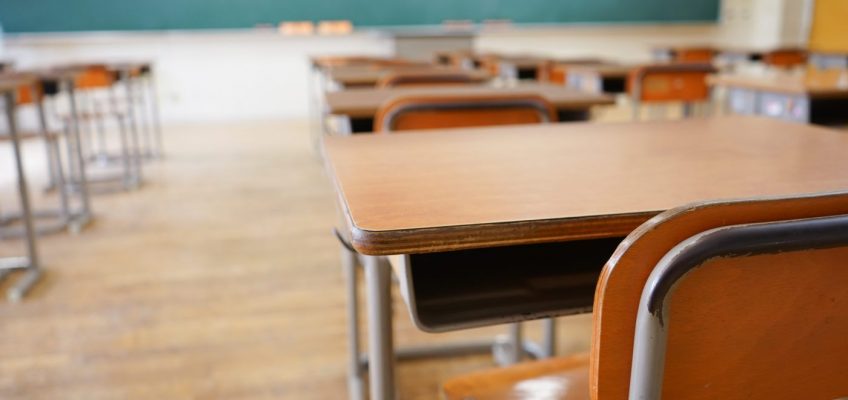Student proficiency levels in math and reading stayed relatively flat since last year, according to results of the Minnesota Comprehensive Assessment tests.
Statewide, 45.2% of students met or exceeded standards in math and 49.6% met or exceeded standards in reading, both slightly down from the previous year.
Last year’s test results showed 45.5% of Minnesota students reached grade-level standards in math, while 49.9% tested as proficient in reading.
Science test results will be released in the fall, after the first year of instruction following newly revised academic standards, according to officials with the state Department of Education.
Consistent attendance rates improved this year and have been trending up since 2022. Statewide, 75.5% of students attended at least 90% of the time in the 2023-2024 school year compared to 74.5% in the 2022-23 school year.
St. Paul Public Schools
In St. Paul Public Schools, students’ overall scores improved slightly from those of last year. About 26.6% of students scored proficient in math and 34.8% were proficient in reading. Last year about 26% scored proficient in math while 34.1% were proficient in reading.
Those percentages are based only on students who take the test and receive a valid score. Students who don’t receive a valid score are those who don’t take the test, including those who opt-out or are absent.
For SPPS, 90% of eligible students tested in math and 92% tested in reading.
“We have seen a slight increase in our reading scores and a slight increase in our math scores,” said Andrew Collins, SPPS executive chief of schools. “It’s also kind of very apparent and clear to us that our focus needs to continue to be on, again, our student outcomes and ensuring that each and every one of our students has a strong academic performance and experience in St. Paul Public Schools and that continues to be our focus and our priority.”
Effort to improve attendance
Meanwhile, in the past school year 12 districts participated in a pilot program to improve attendance and state officials are working with those districts to identify which efforts have been most effective, said Michael Diedrich, an education policy specialist with the state Department of Education.
In addition to increased attendance rates, state officials also saw some small decreases in proficiency gaps between different student demographics.
“We’re seeing faster increases for most of our populations of color, for English learners, for students in special education, students eligible for free and reduced price meals,” Diedrich said. “Similarly, when we look at testing data for many of those groups, we are seeing faster rates of growth for students of color and other groups than we are seeing for the state overall. So we are seeing signs that we’re seeing some small closure of gaps over time.”
Other initiatives
Other ongoing education initiatives include the READ Act, signed into law in 2023, teacher recruitment and retention programs and COMPASS, a statewide system to support schools in areas such special education and English language learning.
The READ Act aims to have all Minnesota children reading at or above grade level every year and to support multilingual learners and students receiving special education services in their individualized reading goals.
Teachers and instructional support staff began receiving reading instruction training in July 2024, with districts requesting training for more than 30,000 teachers as of January.
Third graders included in Friday’s data entered kindergarten prior to the passage of the READ Act, according to state officials.
Students take the reading and math MCA tests in third through eighth grades and once in high school. Science testing is done in fifth and eighth grades and once in high school.


Leave a Reply